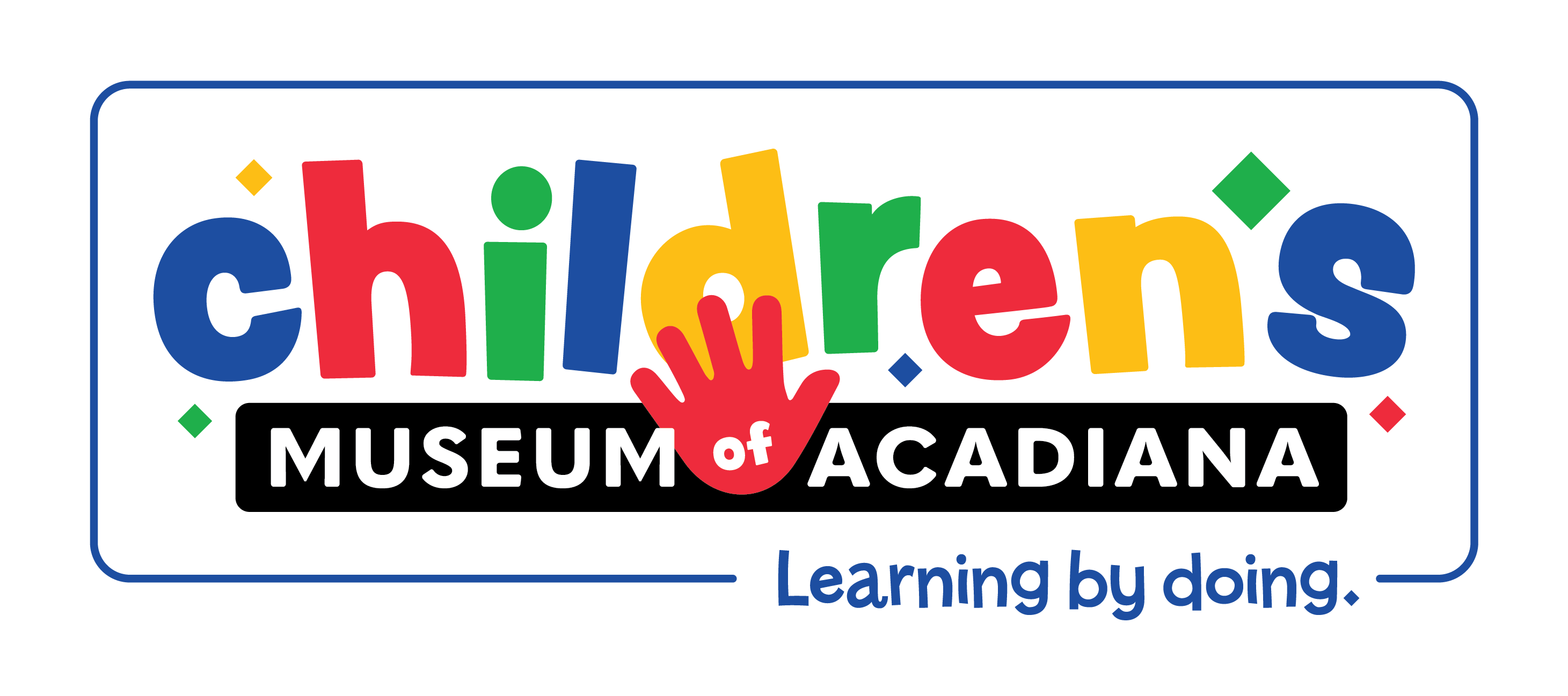Money Wise: EARN.SPEND.SAVE
2 HOURS
1st to 2nd grade. $8 per student / $3 per chaperone / school faculty free
Young learners discover what it means to earn, spend, ad save money during this financial focused field trip. Students identify specific coins and spend the pretend money as they “pay” to play.
Participating in the Money Wise: Earn, Spend & Save field trip is a fun way to provide students with a foundation of financial literacy by presenting activities in a real world setting. Young learners discover what it means to earn, spend, and save money during this financial literacy focused field trip. At the start of the trip, students will identify coins and earn play money. They will then spend the pretend money as they “pay” to play in our exhibits. Students will have saved at least $1 of their money earned by the end of the trip, which they can use to pay for a small prize.
Curriculum Connections:
Math Standards
- 1.NBT.A.1 Count to 120, starting at any number less than 120. In this range, read and write numerals and represent a number of objects with a written numeral.
- 1.NBT.C.4 Add within 100, including adding a two-digit number and a one-digit number, and adding a two-digit number and a multiple of 10.
- 1.MD.D.5 Determine the value of a collection of coins up to 50 cents. (Pennies, nickels, dimes, and quarters in isolation; not to include a combination of different coins.)
- 2.MD.C.8 Solve word problems involving dollar bills, quarters, dimes, nickels, and pennies, using $ and ¢ symbols appropriately. Example: If you have 2 dimes and 3 pennies, how many cents do you have?
- 2.NBT.A.2 Count within 1000; skip-count by 5s, 10s, and 100s.
- 2.NBT.B.5 Fluently add and subtract within 100 using strategies based on place value, properties of operations, and/or the relationship between addition and subtraction.
Economics Standards
On Economic Decision-Making
- 1.5.1 Identify ways to save money
- 1.5.2 Distinguish between needs/wants of people by responding to real life situations
- 1.5.3 Distinguish between goods and services
- 1.5.5 Identify ways people exchange/trade goods and services
- 2.5.2 Explain the benefits of personal savings
On Producers and Consumers
- 2.6.1 Describe how people can be both producers and consumers of local goods and services
- 2.6.3 Provide examples of how money and barter are used to obtain resources (goods and services)
On Careers
- 2.7.1 Describe different types of domestic and international jobs/careers in which people work to earn income.
All “MoneyWise” field trips must be scheduled in advance and require a minimum number of 20 children participating.
